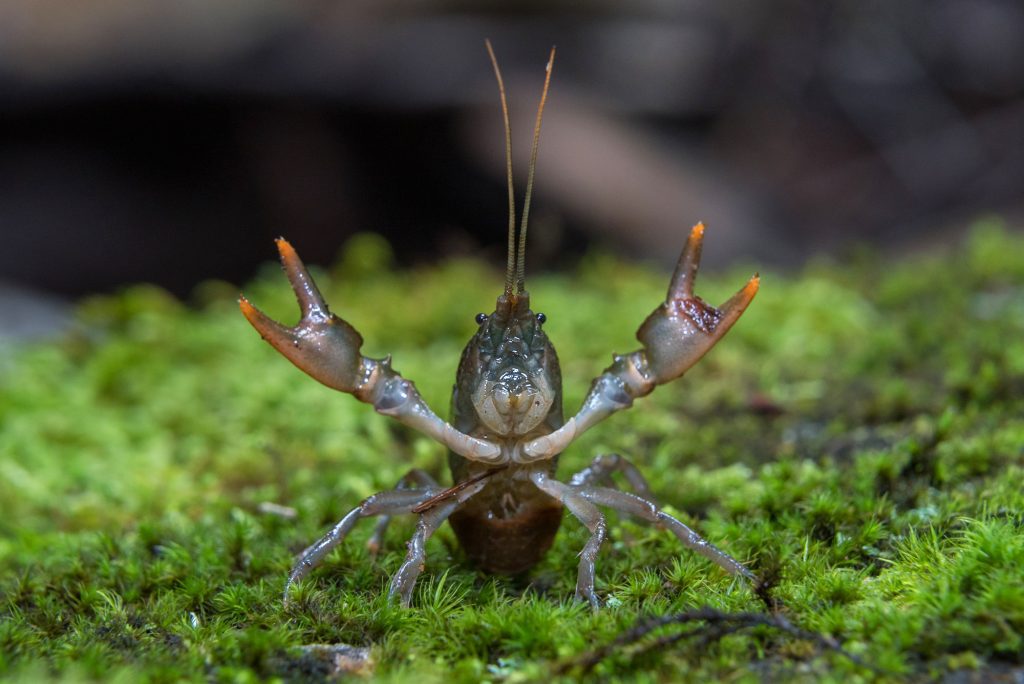The NC Great Smoky Mountains, known for their unparalleled beauty and outdoor adventure, is also home to the Appalachian Highlands Science Learning Center. Sitting at an elevation of 4,900 feet at Purchase Knob in Haywood County, this learning center supports scientific research and education in our national parks. What that means to you is that they are working to preserve the land and wildlife that makes this region so special.

The center’s goal is to increase the effectiveness and amount of research that will both meet management needs and increase public access to, and understanding of, their scientific endeavors. The Appalachian Highlands Science Learning Center works in partnership with the National Park Service and over 30 other research centers, each with unique areas of study.
Because it is a learning center, collaboration with students and student researchers is integral to its work. Staff identifies outside research projects that are synchronistic with their own activities to allow for expanded results at a lower cost to all. It is also an invaluable resource to younger, local students who may be getting their first exposure to land management and stewardship.
Visiting sixth graders can explore the Soil Classroom, studying soil food chains and threats to soil health. Seventh graders learn about the effects of air pollution on plants and lichens in the forest, as well as in the ozone-monitoring garden. Eighth graders become researchers themselves, contributing to actual research projects, including aquatic and terrestrial salamander studies. High school students can even receive credit for their work in Biology, Earth/Environmental Science, AP Biology and AP Earth/Environmental Science.
In addition, teachers of all grade levels are offered seminars in both natural and cultural history. Please check the following website for current training sessions: www.nps.gov/grsm (search “education”).
The research outcomes inform the national park’s land management. Some interesting projects include a collaboration between a graduate student and the center, studying mercury bioaccumulation (mercury levels) in sparrows and salamanders. This information will be used to gauge the impact of mercury on wildlife and how to mitigate it, if necessary.
Another researcher is studying the effect non-indigenous crayfish are having on the local population and whether or not measures need to be taken to manage them. Sometimes the projects determine small management issues, such as when to mow a field to avoid negatively affecting grassland birds.
The critical aspect of the work being done at the Appalachian Highlands Science Learning Center is sharing the information with the scientific community. For instance, the facility keeps an inventory of populations in the Great Smoky Mountains National Park. In just the last 15 years, they have identified 4,749 species never before recorded in the park and 829 species new to science!
The center offers easy access to high-elevation, old-growth forest, grassland meadow and stream ecosystems. It welcomes scientists, students, and volunteers to aid in the research. The facility boasts a small wet lab with an array of monitoring equipment, a 50-person conference room, lodging for 8 to 10 researchers, 5 tent platforms, and internet access.
Visitors to the learning center are welcomed by appointment from mid-March through November, free of charge. Who knows, you may even be the one to discover the next unknown species!
